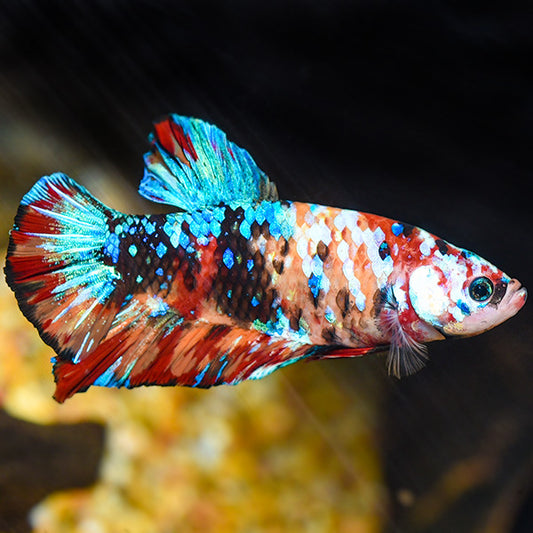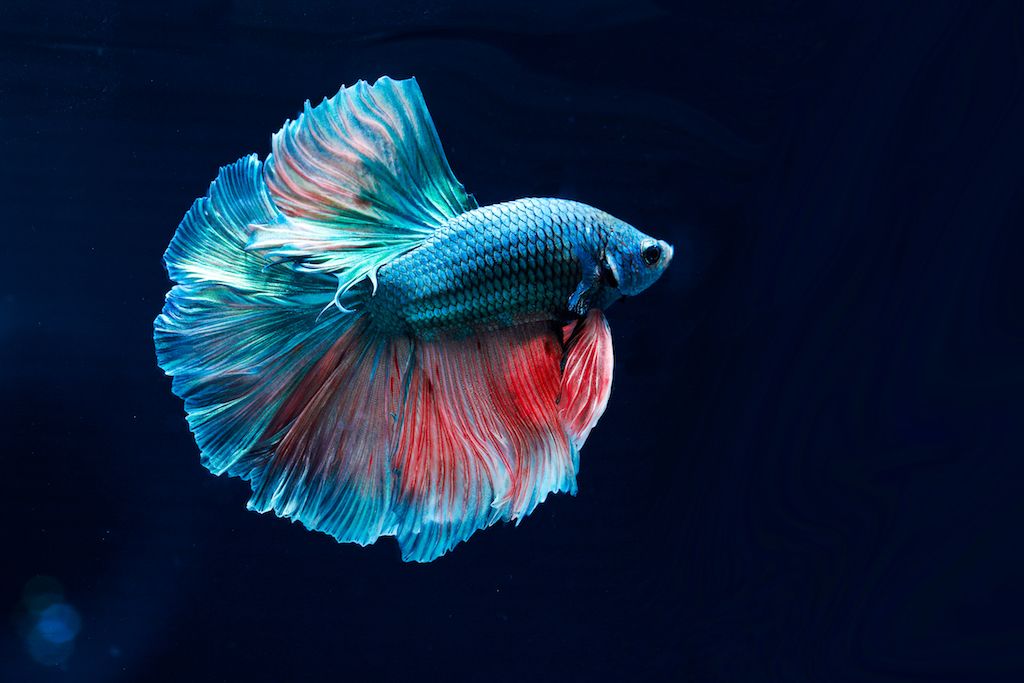The Ultimate Betta Fish Treatment Overview for New Family Pet Owners
The Ultimate Betta Fish Treatment Overview for New Family Pet Owners
Blog Article
Exactly How to Reproduce Betta Fish Effectively: Expert Strategies and Insights for Hobbyists Seeking To Expand Their Betta Collection
Reproducing Betta fish calls for a nuanced understanding of genetics and environmental conditions, making it crucial for hobbyists to approach the procedure with both persistance and treatment. Creating an optimal breeding atmosphere, picking the right pairs, and observing the ins and outs of their courtship actions are foundational steps that can considerably affect the end result.
Recognizing Betta Fish Genetics
Recognizing the genetics of Betta fish is important for successful breeding, as it affects attributes such as shade, fin shape, and habits. Betta fish show a varied variety of colors and patterns, mostly identified by their genetic make-up.
In enhancement to coloration, fin morphology is another significant facet of Betta genes (betta fish). The shape and dimension of fins are affected by various genes, consisting of those that figure out whether the fins are short, long, or veil-shaped. Recognizing these hereditary variations helps dog breeders anticipate the phenotypic outcomes of their spawn
Moreover, behavioral qualities such as aggressiveness and territoriality can additionally be influenced by genetics. These behaviors play an essential duty in the breeding process, as they can influence spawning success and the general temperament of the resulting fry. By adequately comprehending these hereditary principles, dog breeders can make informed decisions, inevitably boosting their breeding programs and achieving preferable results.
Preparing the Reproduction Environment
Developing an ideal reproduction environment is essential for the successful recreation of Betta fish. The initial step in preparing this environment is to choose a suitable reproduction tank, preferably varying from 5 to 10 gallons. This size permits sufficient swimming area and the facility of territories. The storage tank needs to be geared up with a heating system to preserve a secure temperature between 78 ° F and 80 ° F, which is crucial for motivating generating actions.
Following, think about the usage of a sponge filter or an air rock to offer mild water blood circulation without creating strong currents that can worry the fish. It is vital to mount plants or breeding cones to provide hiding areas and advertise comfort for the woman throughout the spawning procedure. Drifting plants, such as Java moss or water sprite, can additionally develop an extra natural surroundings while assisting in bubble nest structure by the male.
Before introducing the breeding pairs, ensure the water is conditioned and devoid of unsafe chemicals, such as chlorine or heavy metals. betta fish. Regular water changes should be conducted to maintain optimum water top quality, boosting the possibilities of effective reproduction. With these preparations in location, the breeding environment will sustain the wellness and health of both Betta fish
Choosing Breeding Pairs
Selecting the appropriate breeding sets is crucial for accomplishing effective Betta fish recreation. Healthy Betta fish show dynamic shades, clear eyes, and active actions.
Character is another vital consideration, as Betta fish are recognized for their aggressive nature. It is suggested to choose a man and woman that show compatible personalities to reduce tension during the breeding procedure. A calm man can encourage a smoother courtship, while a woman that is too aggressive might disrupt the procedure.
Hereditary background useful site additionally plays a significant function in the top quality of the offspring. Reproducing fish that are genetically varied can decrease the threat of hereditary health and wellness concerns and enhance the general vitality of the fry. It is useful to look into the family tree of both the male and female, concentrating on preferable qualities such as fin type, color patterns, and size.
The Reproduction Refine
The breeding process of Betta fish needs mindful preparation and interest to information to guarantee an effective outcome. It is important to prepare an appropriate reproduction container, ideally a 5-10 gallon aquarium with a temperature preserved at 78-80 ° F. The storage tank must be outfitted with a heating system, filter (ideally sponge type to avoid strong currents), and a lot of water plants for the woman to hide.
When the atmosphere is established, present the chosen reproducing pair to the storage tank, permitting them to accommodate. Observe their behavior; the male will present fancy courtship routines, including flaring his fins and developing a bubble nest. If the woman shows interest, she will certainly present vertical stripes suggesting preparedness for spawning.
When the lady is responsive, both will take part in a mating accept, during which the male fertilizes the eggs. It is essential to monitor their interactions very closely, as the man might end up being Extra resources aggressive. After generating, get rid Continued of the lady to stop potential harm. The man will certainly have a tendency to the eggs, which generally hatch within 24-36 hours. Keeping optimum water conditions during this duration is necessary for the advancement of healthy Betta fry.
Caring for Betta Fry

Feeding Betta fry is essential, as they need a diet regimen high in protein. At first, they can be fed infusoria or liquid fry food, transitioning to carefully smashed top quality pellets as they grow. Feed little parts several times a day to urge healthy and balanced development without straining the tank with uneaten food.

As they develop, monitor their development closely and separate any hostile individuals to avoid harm. By supplying a nurturing setting and proper nourishment, hobbyists can effectively raise Betta fry into vibrant, healthy fish, inevitably improving their reproduction endeavors.
Final Thought
Effective Betta fish reproduction calls for meticulous attention to genetic selection, environmental conditions, and care for the fry. By comprehending the genetics of Betta fish and preparing a proper reproduction atmosphere, enthusiasts can improve the possibilities of generating lively, healthy and balanced spawn.
Report this page